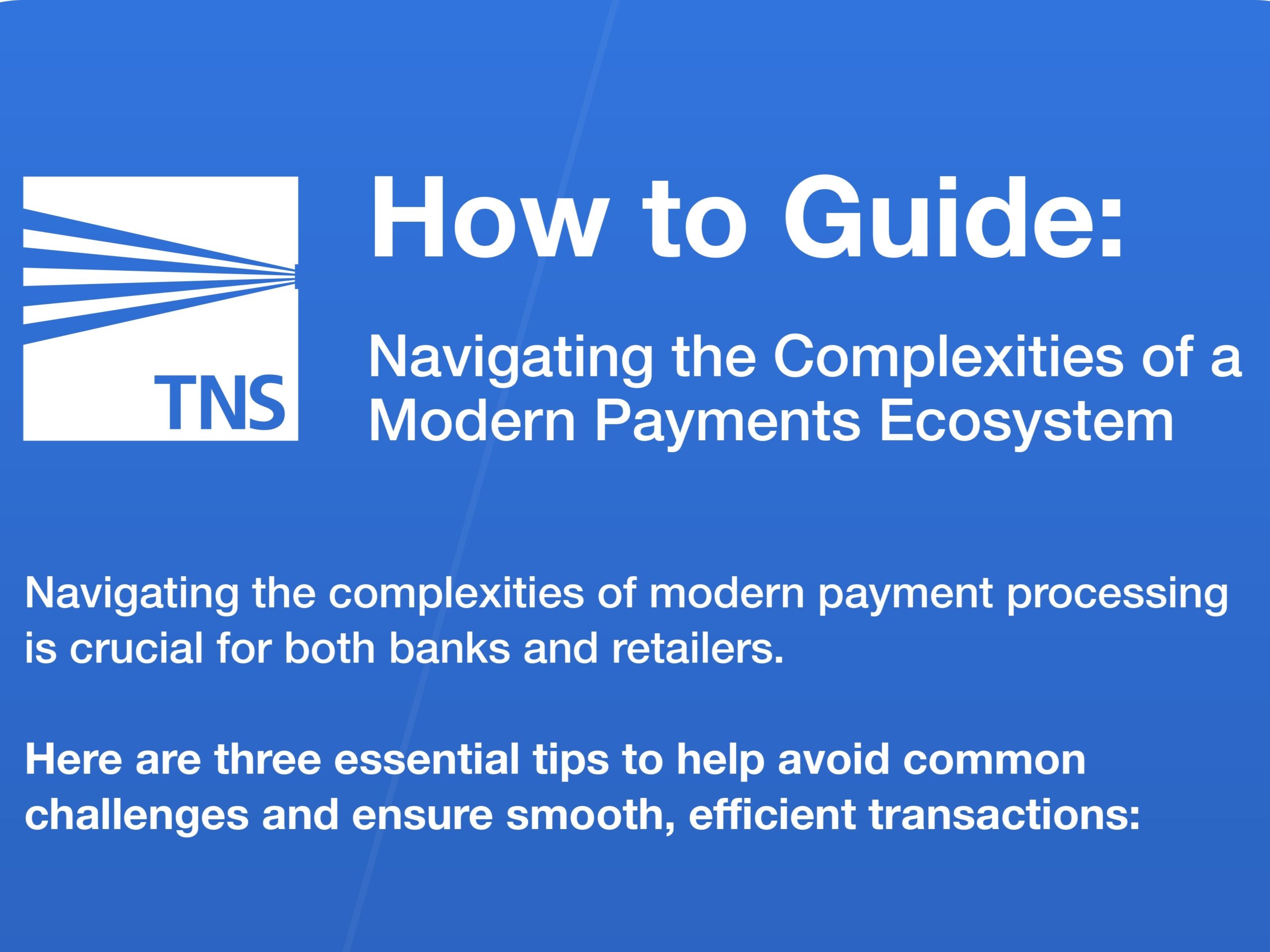The financial landscape is evolving unprecedentedly, with banks and retailers facing various challenges in their payment processing systems. The surge in digital transactions, driven by consumer demand for convenience and speed, places immense pressure on the underlying infrastructure. Addressing these challenges head-on is essential to stay competitive and ensure customer satisfaction. Here, we explore the common hurdles and provide actionable solutions inspired by insights from TNS.
Increased Transaction Volumes
Challenge: The digital transformation has led to a significant rise in transaction volumes. Peak times, such as holidays or sales events, can cause sudden spikes, risking slowdowns or failures in transaction processing.
Solution:
- Scale Payment Processing Infrastructure: Invest in optimising servers and implementing load-balancing techniques. Utilising cloud-based solutions can provide the flexibility to scale resources up or down based on demand.
- Real-Time Monitoring: Implementing real-time monitoring systems can help identify and mitigate bottlenecks promptly, ensuring smooth transaction handling during peak times.
Network Congestion
Challenge: Network congestion, especially during high-traffic periods, can lead to slow or failed transactions, which can impact customer satisfaction and revenue.
Solution:
- Invest in Robust Network Connectivity: For retailers, this means ensuring reliable and high-speed internet connections, particularly for online transactions.
- Collaboration for Traffic Management: Banks should work closely with payment processors to effectively manage increased traffic. Conducting regular load testing and establishing failover mechanisms can help maintain performance during surges.
Payment Infrastructure
Challenge: Outdated payment infrastructure can struggle to cope with modern demands, leading to inefficiencies and increased risk of downtime.
Solution:
- Upgrade POS Systems: Retailers should modernise their Point of Sale (POS) systems to handle higher transaction volumes and integrate seamlessly with various payment methods.
- Modernise Legacy Systems: Banks must ensure their payment gateways are scalable and reliable. Modernising legacy systems can significantly enhance processing efficiency and reduce operational risks.
Connectivity Issues
Challenge: Unreliable connectivity can disrupt transactions, causing delays and frustrating customers.
Solution:
- Robust Connectivity Networks: Retailers should invest in robust network infrastructures, including backup connections, to help prevent disruptions.
- Redundant Data Centers: Banks can maintain uptime by collaborating with telecom providers for reliable connectivity and using redundant data centres to ensure continuous operation even during outages.
Customer Expectations
Challenge: Today’s customers expect quick, secure, and versatile payment options. Any delays or issues can lead to dissatisfaction and lost business.
Solution:
- Prioritise Customer Experience: Offering a variety of payment options, such as cards, mobile wallets, and contactless payments, can cater to diverse customer preferences.
- Transparency and Communication: Proactively communicating with customers during delays helps manage expectations and maintain trust. Ensuring transactions are quick and secure should always be a top priority.
Final Thoughts
The landscape of payment processing is fraught with challenges, but with the right strategies, banks and retailers can navigate these effectively. They can ensure smooth, efficient, and reliable payment processing by scaling infrastructure, investing in robust connectivity, modernising systems, and prioritising customer experience. Embracing these solutions meets current demands and positions businesses to thrive in an increasingly digital future.
For further insights and detailed solutions, TNS provides comprehensive resources and expertise to help businesses optimise their payment processing systems and infrastructure, ensuring they stay ahead of the curve in a dynamic market.

How to Guide:
Navigating the Complexities of a Modern Payments Ecosystem





